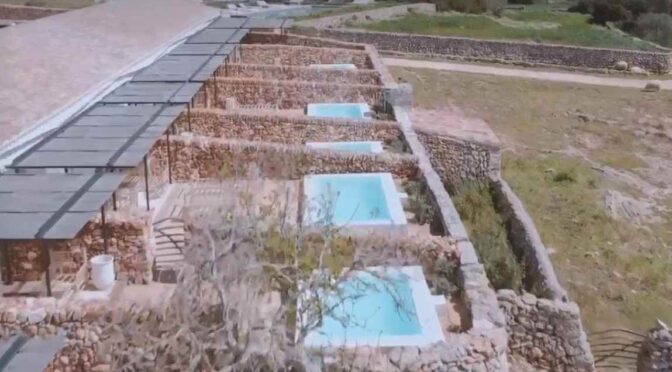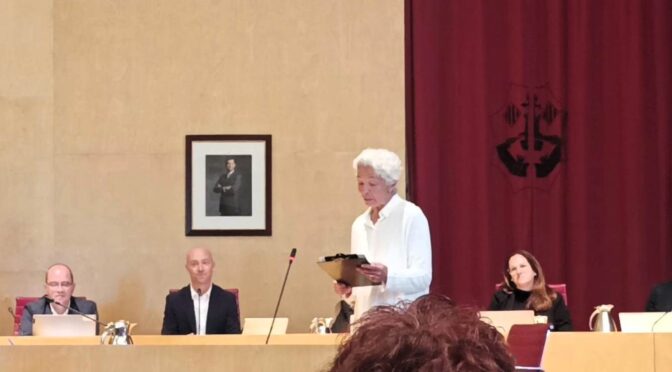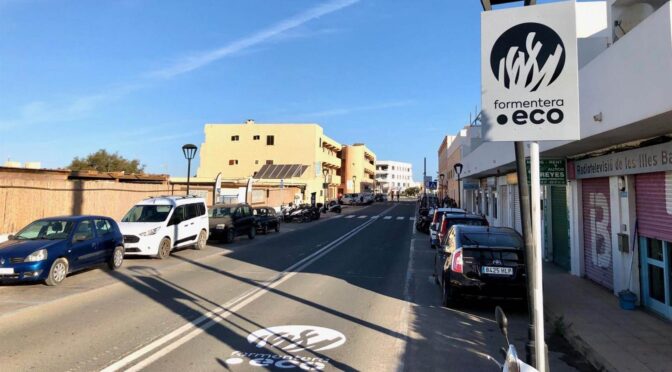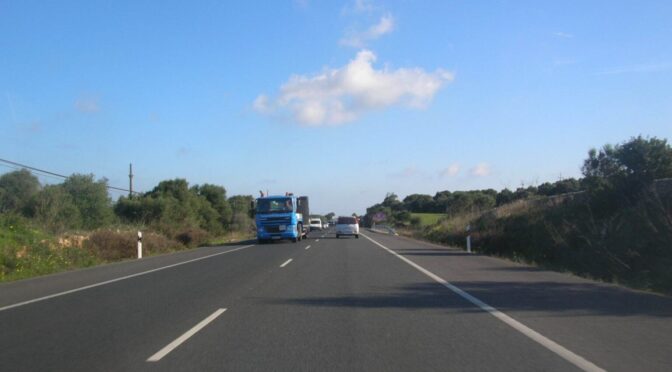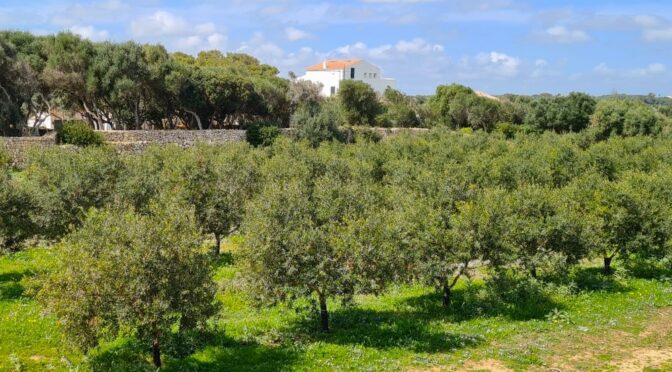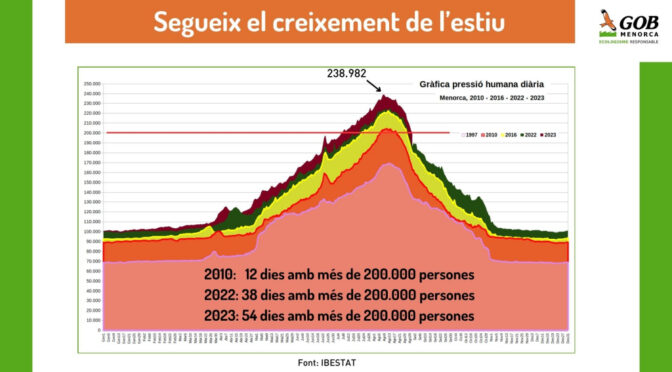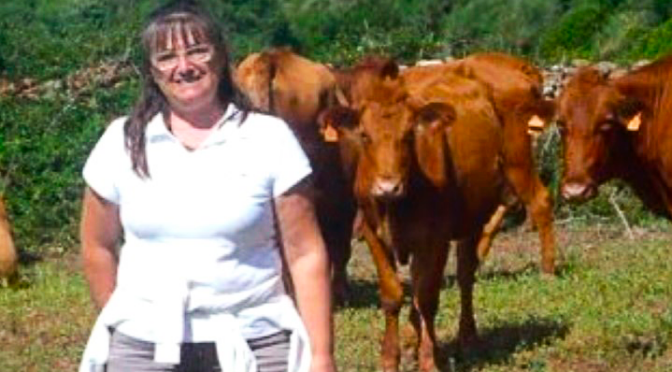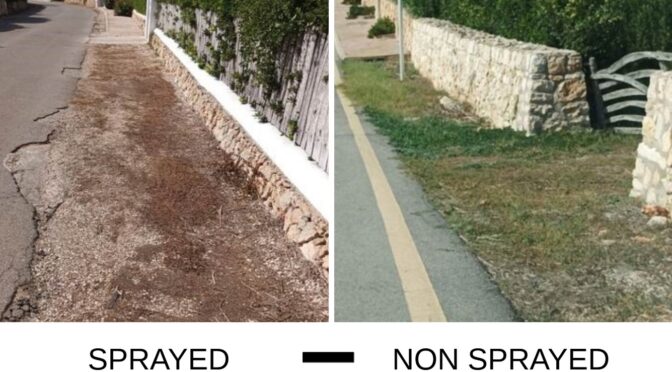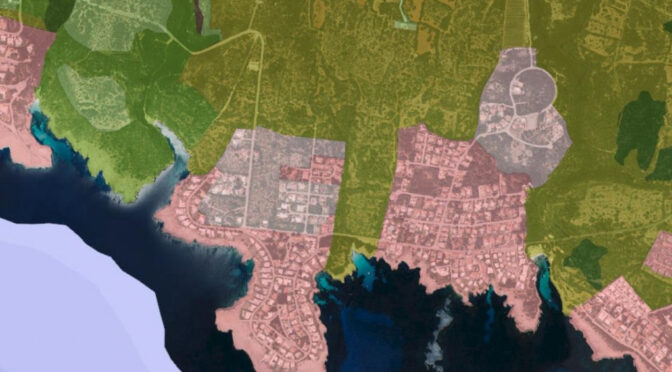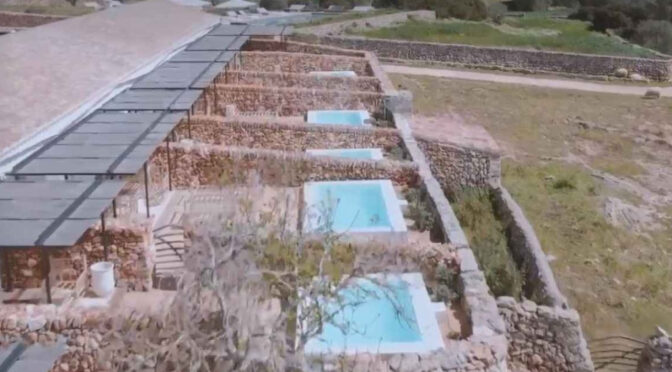Views: 540
It is now known that the developers of certain illegal swimming pools in Menorca are also having a major conflict in France, in the Provence Region, where the city council is preparing a closure order of an establishment in the chain.
The same developers that are managing Sant Ponça and Torre Vella in Menorca (under the Group name, Domaine de Fontenille) have opened recently a new luxury hotel in Sain-Remy-de-Provence that is generating a lot of controversy in the area, which is being spread via major media outlets.
In agricultural areas of this region, it is only possible to process tourist accommodations, called guesthouses, of five bedrooms. The problem is that the hotel in question would have been inaugurated with 19 bedrooms and a restaurant without a licence or municipal authorisation. The different administrations have made negative reports that will probably result with a closure order. In fact, some major booking platforms no longer operate with the hotel.
The new establishment, called Domaine de Chalamon, is located in an area that, like Menorca, opted for strict urban planning, in order to avoid unwanted development. The authorities do not want to allow precedents that would encourage future disastrous planning.
The authorities have shown greater courage than in Menorca
Seeing the publicity that announced the details of the building (19 bedrooms, swimming pool, restaurant…) did not coincide with the characteristics of a guesthouse, the different administrations coordinated and visited the establishment and issued negative reports. A closure order seems imminent if it has not already occurred.
It should be remembered that in 2019 GOB denounced the presence of swimming pools that should be troughs for saving water in the agro tourism of Torre Vella as well as other irregularities. As a result, in 2021 the Consortium of Urban Discipline opened a file with the proposal of a sanction for about one and half million euros (486,000 for each one of those responsible – the developer, the architect and the builder.)
A little while afterwards, the Environmental Commission also raised reports of environmental breaches and proceedings have been initiated with the Island Governing Council, as the body that must enforce environmental issues.
The developers allocated all the existing buildings for tourist use and then asked to build new ones to maintain the farming activity, then petitioned for legalising water troughs made into swimming pools. The Alaior Town Council did not allow GOB to see the documentation and this obstruction has been reported to the Council for Transparency and Good Governance that is processing the file.
A case that creates comparative grievance between the Menorcans
Torre Vella continues, in the summer of 2023, promoting the bedrooms with the illegal swimming pools. It seems that no administration decides anything and meanwhile, the promoters do business when their facilities are illegal.
To allow this impunity transmits an inequality in the application of the rules (many illegal works on the Island have ended in demolition as established by law) and generates a sensation of favourable treatment by the Menorcan authorities.
What a difference from the reaction of the French authorities. There, despite the French millionaires mentioned putting forward their usual arguments of giving jobs and restoring the archaeological heritage, the public institutions have replied that the rules are equal for all as was known by the developers from the first day that they were interviewed.
Look at the following images:
https://www.laprovence.com/article/region/40725405570106/saint-remy-de-provence-le-domaine-de-chalamon-dans-le-viseur-de-la-mairie
https://marsactu.fr/bref/vu-sur-le-web-a-saint-remy-de-provence-un-nouvel-hotel-de-luxe-menace-de-fermeture/
https://www.lemonde.fr/societe/article/2023/07/20/a-saint-remy-de-provence-la-mairie-denonce-le-passage-en-force-d-un-hotel-de-luxe_6182717_3224.html

